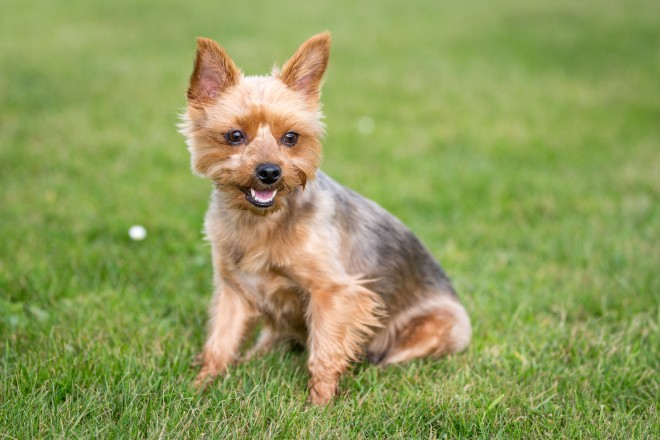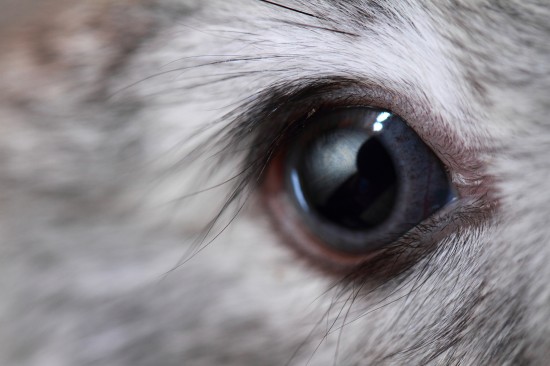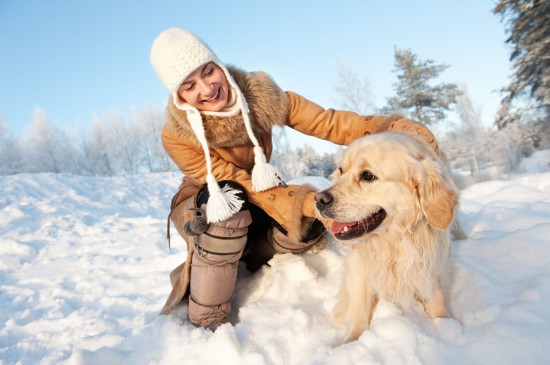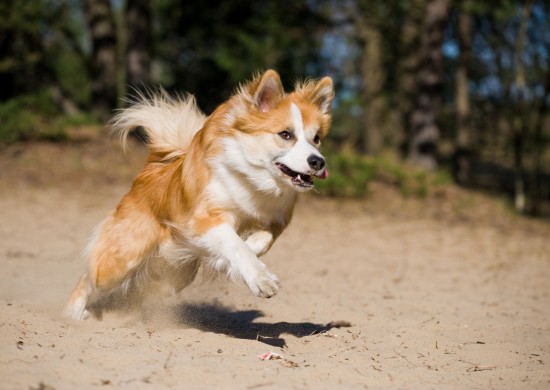The Havanese came into existence during the 15th-century Spanish colonization of Cuba, and they were first used for the chief function of companionship.
A few of their most recognizable attributes usually are their cheerfulness, playfulness, intelligence and eagerness to please - which all help in making the Havanese a familiar dog for therapy dogs, assistance dogs for the hearing impaired, tracking, performance dogs, mold and termite detection dogs as well as companion dogs for families, apartment dwellers and allergy suffers.
The Havanese first came to be in Cuba and was bred by the Spanish colonists of Cuba for the intention of acting as companion dogs. They are said to be a consequence of cross-breeding the now-extinct Blanquito de la Habana with various other Bichon types such as the Poodle.
The Havanese is famous for their curious and affectionate disposition. They are often friendly with unfamiliar people, which along with their small size can mean they are unsuitable as a guard dog.
The Havanese is also accepted to be highly intelligent and easily trained - making them a popular choice as circus dogs, assistance dogs or in competitive obedience or agility. They are also famous to be playful with kids and surprisingly sturdy - which means they are very suitable as a family pet. The Havanese is very well-matched with other dogs and they will often become very good playmates.
The Havanese is happiest around their family and does not require a yard - so they are highly suitable for apartment life just as long as they are given enough exercise.
The Havanese takes pleasure in pastimes including playing games or running around the house. They possess a medium level of energy and require exercise each day in the manner of average-length walks.
Grooming the Havanese can be a reasonably time-consuming task - though this depends on whether the coat is kept short or long. If they are primarily kept as companion dogs then a shorter coat will often be preferable as it is easier to groom. They require a regular level of brushing every second day.
Like most small-sized dog breeds, the Havanese is in general long-lived possessing a life expectancy of 12-15 years. The biggest health problem for Havaneses is commonly known as patellar luxation and Progressive Retinal Atrophy (PRA). They are also vulnerable to conditions such as cataracts, hip dysplasia and dry skin - but they are generally a very healthy breed.
The Havanese could make the ideal dog breed for families, apartment dwellers, allergy sufferers or anyone looking for a small companion dog. Although they may be a bit out of place as a guard dog, if you are able to meet their need for regular human contact then the Havanese may well be the best dog breed for you.

 Yorkshire Terrier Health Testing And Genetic Diversity
Yorkshire Terrier
Yorkshire Terrier Health Testing And Genetic Diversity
Yorkshire Terrier
 Successful Dog Training Starts with Good Pet Health
Successful Dog Training Starts with Good Pet Health
Successful Dog Training Starts with Good Pet Health
Successful Dog Training Starts with Good Pet Health
 Red Eye In Rabbits Explained
Red Eye In Rabbit
Red Eye In Rabbits Explained
Red Eye In Rabbit
 Enjoying The Snow With Your Dog
Enjoying The Snow
Enjoying The Snow With Your Dog
Enjoying The Snow
 5 Dog Breeds That Boast Being Easy To Groom
5 Dog Breeds Tha
5 Dog Breeds That Boast Being Easy To Groom
5 Dog Breeds Tha